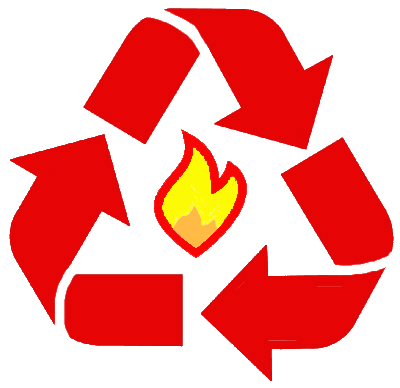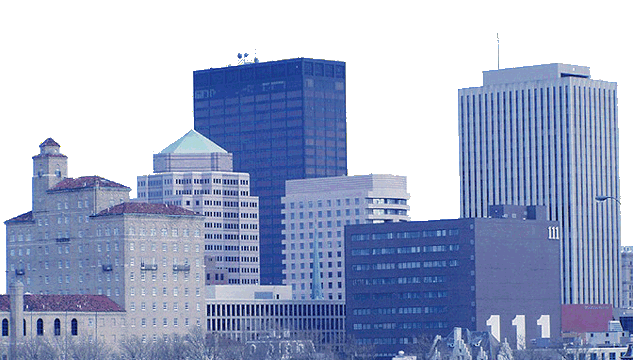
"Engineering a Better World"
(937) 223-5848

 |
Norton Engineering LLC
"Engineering a Better World"
(937) 223-5848
|
 |
| Consultants in Dayton, Ohio |
| PROJECT LINKS | ||||||||||||||
|
Stormwater Solutions Engineering Analysis and Advice Solid Waste Wastewater Site Planning Environmental Engineering Structural Engineering and Building Design Turnkey Engineering Investigative and Legal Reports |
Solid Waste Master Plan: Pedro Gonzalez Island, Panama
We broke the solid waste plan into 3 phases, briefly described below: Phase 1 - Cleaning up existing Conditions:
Phase 2 - Managing Waste During Construction:When the island begins construction of new hotels, homes, marinas, etc., the largest percentage of garbage will be construction debris. Much of this material can be used constructively as construction fill, recycled and sold, or safely burned, but it has to be collected, separated, and most likely broken down first. Also, during the construction period, more and more residents and workers will be moving in; they will be increasing the amount of typical trash as well. Early in the construction phase the solid waste program will be implemented. Solid waste facilities will be built for separation, composting, and incineration. Collection vehicles will be brought it. Mechanical equipment will be brought in as the island population grows.The construction phase will provide a good training period to for the new staff to get accustomed to the program, use the equipment, and to get a better idea of what else is needed or not needed, so that when the resort opens to its guests, the garbage operation should be working flawlessly and discretely (the less people see or think about garbage while on vacation, the better). Phase 3 - Permanent Operation:
Since it is very expensive to ship waste back to the mainland (both environmentally and economically), it is best to dispose of as much waste as possible on the island. Most of the garbage that cannot be composted will be burned in modern incinerators. These incinerators will have pollution control devices making the combustion process cleaner than the landfilling alternative. Also, given the high value of electricity on the island, a boiler and turbine generator will be used with the incinerators to produce electricity from the process. The electricity produced per year will have a value between $350,000 and $500,000; enough to recover capital costs and pay the entire staff needed to run the system. Recycling: High Value materials (aluminum cans and steel) will be saved and shipped back to the mainland from time to time for recycling with the regular delivery barges. The barges will be empty after making their deliveries anyway, so it won't be necessary to order a special trip to the mainland. Hardfilling: Construction debris, glass, and plastics that shouldn't get incinerated can be used as construction fill. A shear shredder is planned to break down the materials into desirable size gradations. Minimal shipping of waste back to the Panama City Landfill: Some materials cannot be disposed of by any of the above methods (such as appliances), so there will be a need to landfill some of the waste from the island. These wastes will be collected at the solid waste facility and shipped back to the mainland from time to time. |
Home |
Projects |
Green Energy Solutions |
Environmental and Related Information |
Norton's Experience |
Client Satisfaction |
Contact Us
Copyright © 2000-2023 Norton Engineering LLC All Rights Reserved.